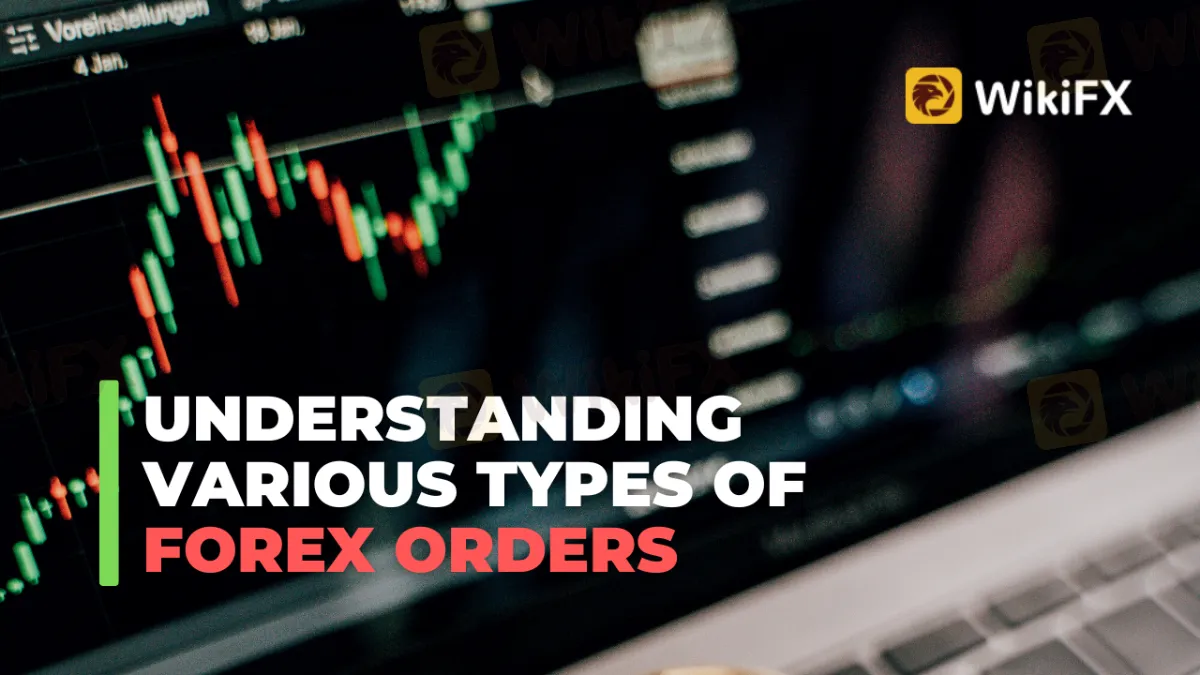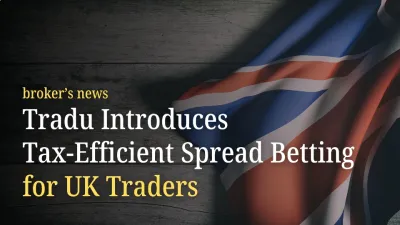简体中文
繁體中文
English
Pусский
日本語
ภาษาไทย
Tiếng Việt
Bahasa Indonesia
Español
हिन्दी
Filippiiniläinen
Français
Deutsch
Português
Türkçe
한국어
العربية
Understanding Various Types Of Forex Orders
Abstract:The word forex order simply refers to how you want to join or exit a deal. There are different kinds of Forex orders that traders can use to manage their trades. Different forex brokers offer a variety of order types that let investors set different limits and conditions for their trades. This lets them enter and leave the market in the right way.

In this post, we will go through the various kinds of forex orders and explain how each one works in reality.
What Is Forex Order
An order is essentially a trader's method of entering or exiting the forex market. Although there are many other forms of forex orders, the most frequent are market orders, pending orders, take-profit orders, stop loss orders, and trailing stop orders.

Market Order
The most popular and basic sort of FX transaction is a market order. When an investor places a market order, he or she instructs his or her broker to buy or sell currency pairs at the best available price at the time.
Scalpers and day traders often depend on market orders to swiftly enter and leave the market in line with their strategy.
Pending Order
A pending order is a trader's instruction to a brokerage firm to purchase or sell securities at a certain time in the future. A pending order puts you in a trade when the circumstances are ideal for your approach and helps you avoid missing a trade even if you leave your computer. You may use four different kinds of pending orders:
1. Buy Limit
The Purchase Limit order enables you to place a buy order that is lower than the current market price. This signifies that the current price level is more than the order value. This order is often made with the expectation that the price will rise after falling to a specified level.
2. Sell Limit
This is obviously the inverse of a buy limit order since you are specifying a certain price at which you want to sell this currency pair. The order permits you to sell at the Bid price, which must be equal to or more than the order price. The current pricing level is lower than the order value. This order is often made with the expectation that the price would decline after reaching a specified level.

As seen in the chart above, buy limit orders are always put below the current price, and as soon as the market reaches the order's price level, a BUY order is opened at the stated price.
If you anticipate a downturn, you may create a sell limit order that will be executed at the chosen price level above the current price. Unless and until the orders are completed, they have no influence on your account margin.
3. Buy Stop
The buy-stop order enables you to purchase at the Ask price that is equal to or more than the order price. When a market reaches the price level of a buy-stop pending order, the purchase order is opened at that price.
This order is often made with the expectation that the price will continue to rise after reaching a specific level.
4. Sell Stop
Sell-stop pending orders instruct the investor to sell at the Bid price, which must be equal to or lower than the order price. The current pricing level is greater than the order value. This order is often issued with the expectation that the price will continue to decline after reaching a specific level.

As seen in the chart above, buy-stop pending orders are always placed above the current price. When a market reaches the price level of a buy-stop pending order, the purchase order is opened at that price. Pending sell-stop orders are always placed below the current price.
Take Profit Order
With take-profit orders, your position is automatically closed off whenever you have achieved a defined amount of profits based on the profit-target order's stated price level. Because the price might abruptly reverse, you must establish a take profit value to automatically take the profit before it goes in the other way.
For example, if you're going long on EUR/USD at 1.1200 and want to exit the position as soon as the exchange rate reaches 1.1230 to assure a profit, you might adjust your 'take profit rate' appropriately to avoid missing out.

Take-Profit orders for BUY trades are always put above the entry / current price, whilst Take-Profit orders for SELL trades are always placed below the entry / current price, as seen in the chart above.
Stop Loss Order
Stop Loss Order If the security price exceeds this level, the whole position will be instantly closed.
A stop-loss order not only protects your trade from a massive financial loss but also eliminates the emotional aspect that might entice you to overtrade and incur even bigger losses.

Stop-Loss orders for SELL trades are always set above the entry / current price, whilst Stop-Loss orders for BUY trades are always placed below the entry / current price, as seen in the chart above.
Trailing Stop Order
The trailing stop order, also known as the profit-protecting stop order, is an order you make to your forex broker to purchase or sell if the currency goes against you. It is similar to a stop-loss order, but the primary distinction is that the trailing stop moves with the price, enabling you to safeguard winnings while also minimizing capital loss if the transaction does not work out.
Conclusion
The kind of forex orders you employ will be determined by the present market position and how you predict the market to go. Understanding the many forms of forex orders and their applications is a fundamental skill.
The forex market may turn against you at any time, no matter how much you prepare, how amazing and comprehensive your trading plan is, or how clever your approach is. The easiest approach to comprehend the various forms of forex orders is to utilize them in real-world trading situations using forex brokers.
Stay tuned for more Forex Educational news.
Download the WikiFX App from the App Store or Google Play Store to stay updated on the latest news.

Disclaimer:
The views in this article only represent the author's personal views, and do not constitute investment advice on this platform. This platform does not guarantee the accuracy, completeness and timeliness of the information in the article, and will not be liable for any loss caused by the use of or reliance on the information in the article.
Read more

Is Your Zodiac Sign Fated for Stock Market Success in 2025?
The idea that astrology could influence success in the stock market may seem improbable, yet many traders find value in examining personality traits linked to their zodiac signs. While it may not replace market analysis, understanding these tendencies might offer insights into trading behaviour.

Good News Malaysia: Ready for 5% GDP Growth in 2025!
Malaysia's economy is on track to sustain its robust growth, with GDP expected to exceed 5% in 2025, according to key government officials. The nation's economic resilience is being driven by strong foreign investments and targeted government initiatives designed to mitigate global economic risks.

Tradu Introduces Tax-Efficient Spread Betting for UK Traders
Tradu’s introduction of tax-efficient spread betting and groundbreaking tools like the Spread Tracker signals a new era of accessible, competitive, and innovative trading solutions for UK investors.

Trading Lessons Inspired by Squid Game
The popular series Squid Game captivated audiences worldwide with its gripping narrative of survival, desperation, and human nature. Beneath the drama lies a wealth of lessons that traders can apply to financial markets. By examining the motivations, behaviours, and strategies displayed in the series, traders can uncover valuable insights to enhance their own approach.
WikiFX Broker
Latest News
Bitcoin in 2025: The Opportunities and Challenges Ahead
BI Apprehends Japanese Scam Leader in Manila
Join the Event & Level Up Your Forex Journey
Is There Still Opportunity as Gold Reaches 4-Week High?
Bitcoin miner\s claim to recover £600m in Newport tip thrown out
Good News Malaysia: Ready for 5% GDP Growth in 2025!
Breaking News! Federal Reserve Slows Down Interest Rate Cuts
Beware: Pig Butchering Scam Targeting Vulnerable Individuals
This Economic Indicator Sparks Speculation of a Japan Rate Hike!
Dutch Law Student Arrested for €4.5 Million Crypto Scam
Currency Calculator






